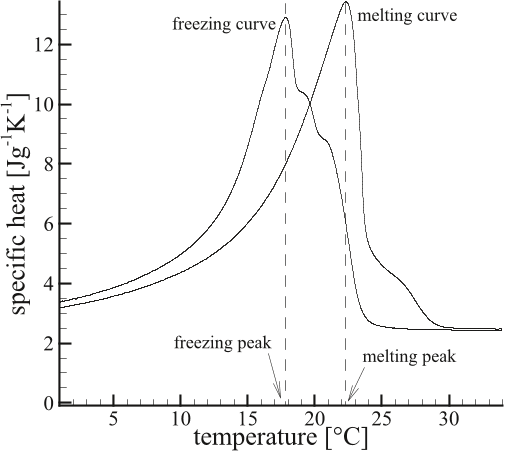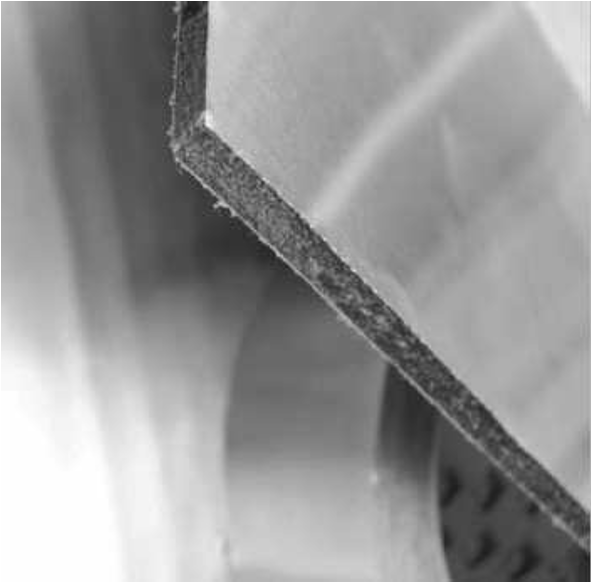Q1. What have the authors contributed in "Experimental investigation of wallboard containing phase change material: data for validation of numerical modeling" ?
In this paper, an experimental comparative study is described, using cubical test cells with and without PCM composite.





